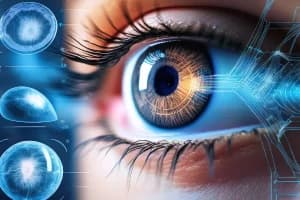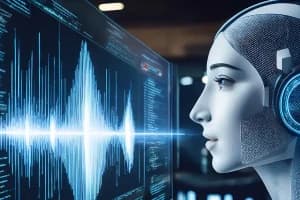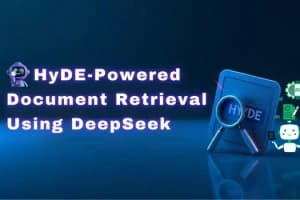Topic List
- Data Preprocessing for Deep Learning
- Artificial Neural Networks
- Convolutional Neural Networks
- Recurrent Neural Networks
- Long Short-Term Memory Networks
- Gated Recurrent Units (GRUs)
- Transformers
- Generative Adversarial Networks (GANs)
- Autoencoders
- Diffusion Architecture
- Reinforcement Learning(DL)
- Regularization Techniques
- Transfer Learning(DL)
- Model Inference and Deployment
Recommended Projects

Crop Disease Detection Using YOLOv8
In this project, we are utilizing AI for a noble objective, which is crop disease detection. Well, you're here if...

Topic modeling using K-means clustering to group customer reviews
Have you ever thought about the ways one can analyze a review to extract all the misleading or useful information?...

Automatic Eye Cataract Detection Using YOLOv8
Cataracts are a leading cause of vision impairment worldwide, affecting millions of people every year. Early detection and timely intervention...

Medical Image Segmentation With UNET
Have you ever thought about how doctors are so precise in diagnosing any conditions based on medical images? Quite simply,...

Real-Time License Plate Detection Using YOLOv8 and OCR Model
Ever wondered how those cameras catch license plates so quickly? Well, this project does just that! Using YOLOv8 for real-time...

Optimizing Chunk Sizes for Efficient and Accurate Document Retrieval Using HyDE Evaluation
This project demonstrates the integration of generative AI techniques with efficient document retrieval by leveraging GPT-4 and vector indexing. It...

Voice Cloning Application Using RVC
Ever been curious about voice cloning? Thanks to advanced technology such as deep learning and RVC (Retrieval-based Voice Conversion), it...

Build A Book Recommender System With TF-IDF And Clustering(Python)
Have you ever thought about the reasons behind the segregation and recommendation of books with similarities? This project is aimed...

HyDE-Powered Document Retrieval Using DeepSeek
In this project, we're combining some exciting technologies such as FAISS, DeepSeek, LangChain and HuggingFace to develop an intelligent information...

Insurance Pricing Forecast Using XGBoost Regressor
The project, Insurance Pricing Forecast Using XGBoost Regressor focuses on leveraging machine learning to accurately predict healthcare costs for insurance...
Transformers QUIZ (MCQ QUESTIONS AND ANSWERS)
Total Correct: 0